Our talented team will work closely in collaboration with yours to redesign and reimagine the perfect workspace for your company’s needs, size and culture. We work with organizations within North America, specifically in Ontario and throughout the Greater Toronto area, to create stylish and functional hybrid office interiors.
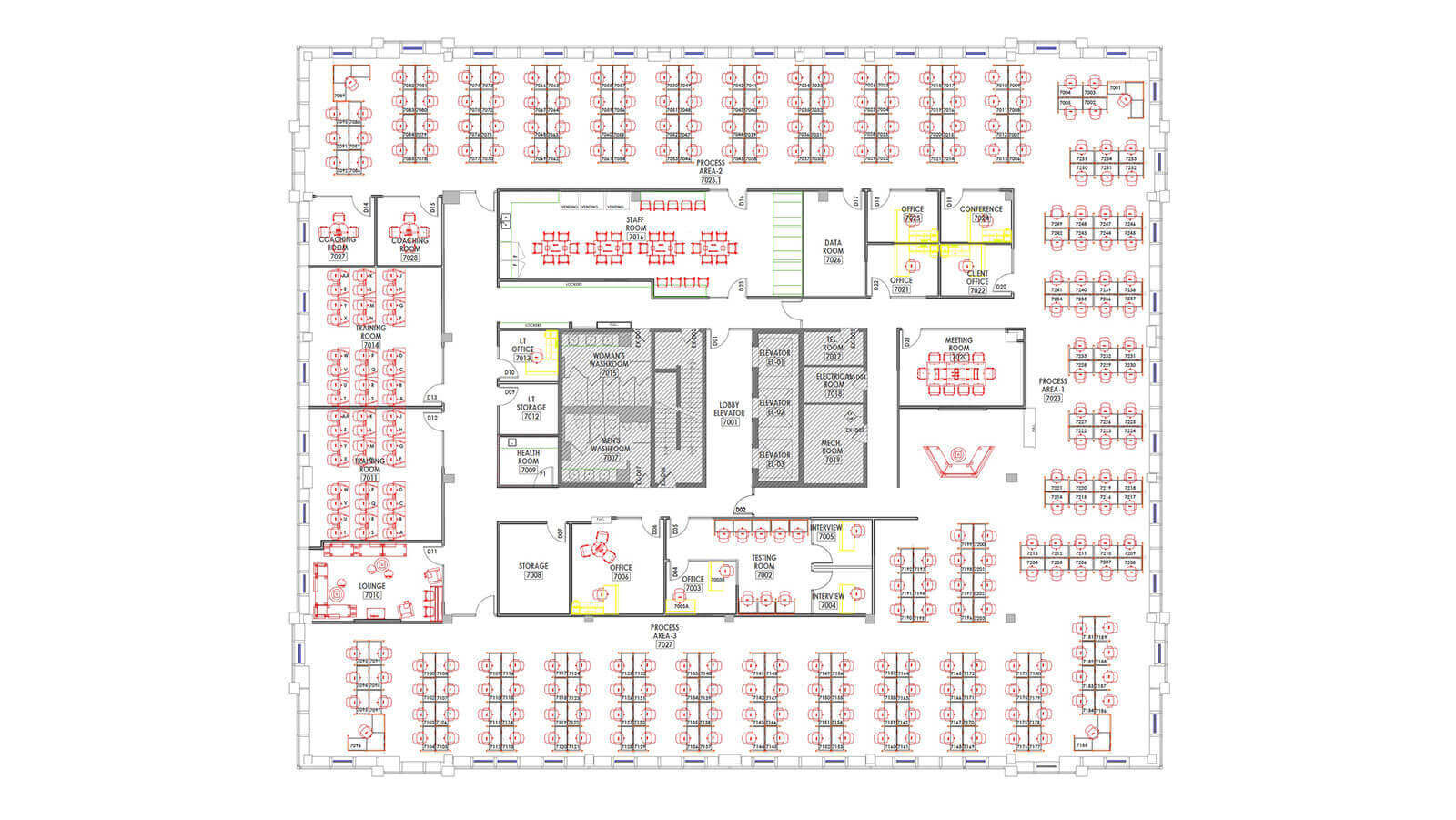
The strategy phase begins with a questionnaire to establish the basic intent of the project and the ideal final outcome, related to the fit and finish of the space, as well as design inspiration and ideas. Following the questionnaire, interviews are conducted with ownership to gain a deeper understanding of business needs, changing employee work patterns and ways to maximize the productivity of employees.
Architectural feasibility strategy sessions involve studying and evaluating the potential of a site or building. It sets out a brief but clearly defined history of the site, its overall condition and significance, as well as any constraints facing the office interior. This process provides us with a bird’s eye view of the project, allowing us to approach it from a more holistic perspective. In some cases, our fresh vantage point can lead to the development of new ideas and solutions not previously envisioned. By using a consultative approach with our clients, we can move ahead with confidence, and help generate optimal design decisions.
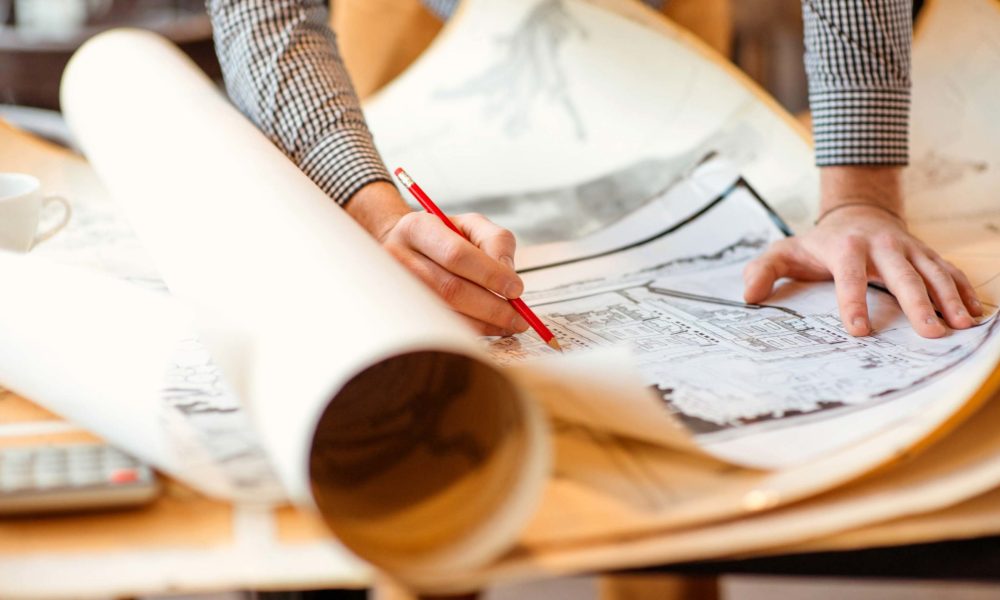
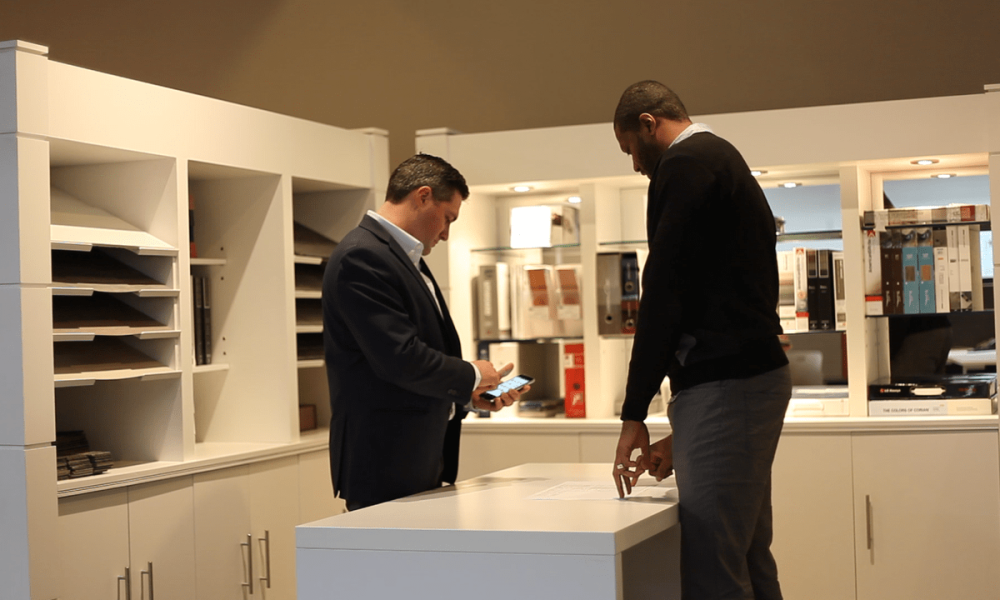
The WDI Group pre-construction team, working in conjunction with the design team, develops a design schedule, to be monitored and reviewed on a weekly basis, that will ensure that project stays on schedule. The key elements of this stage include design deliverable dates, client review timeframes, client critical decision dates, as well as progressive budget deliverable dates and milestones for the permitting process.
A well-designed office requires all elements of the project to be clearly defined. Space planning starts with a simple understanding of how the office space can best be used. This understanding is critical, as an analysis must be carried out to determine the limitations of the space, allowing for the most appropriate design.
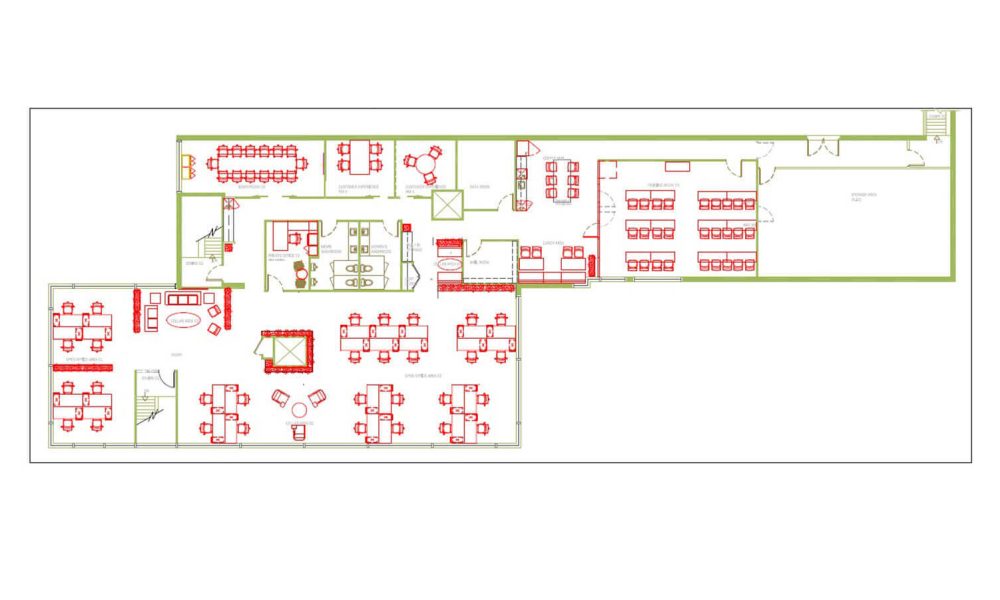

The programming phase develops test fit plans, incorporating the information gathered from the initial strategy planning, following field surveys with extensive site investigation and verification to ensure accurate modeling. At this stage, meetings are also held to determine the general scope of work and available materials, as well as a complete understanding of building and site conditions.
Hybrid office design is all about adapting to how teams operate best, and helping to develop experiences that reach everyone. It entails making every collaboration experience as safe, inclusive and enjoyable as it is when meeting in person. This model creates a safer environment for everyone by enforcing new in-person guidelines, and incorporating technology to schedule accommodations for staff to safely return to the office. It focuses on the wellbeing of your employees by decreasing burnout and promoting healthier interactions from any location, all while coordinating all activities in a more centralized system.
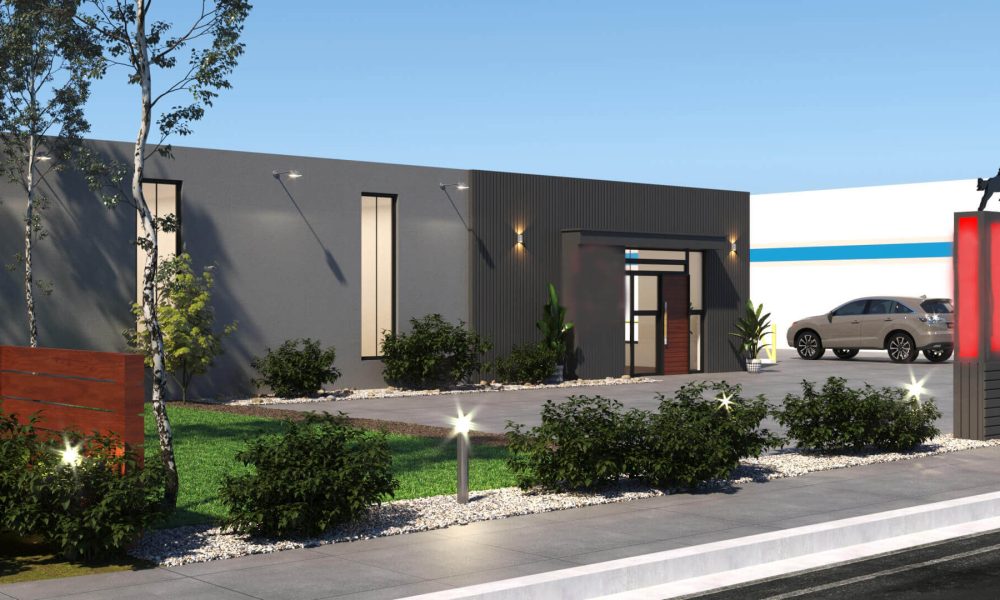
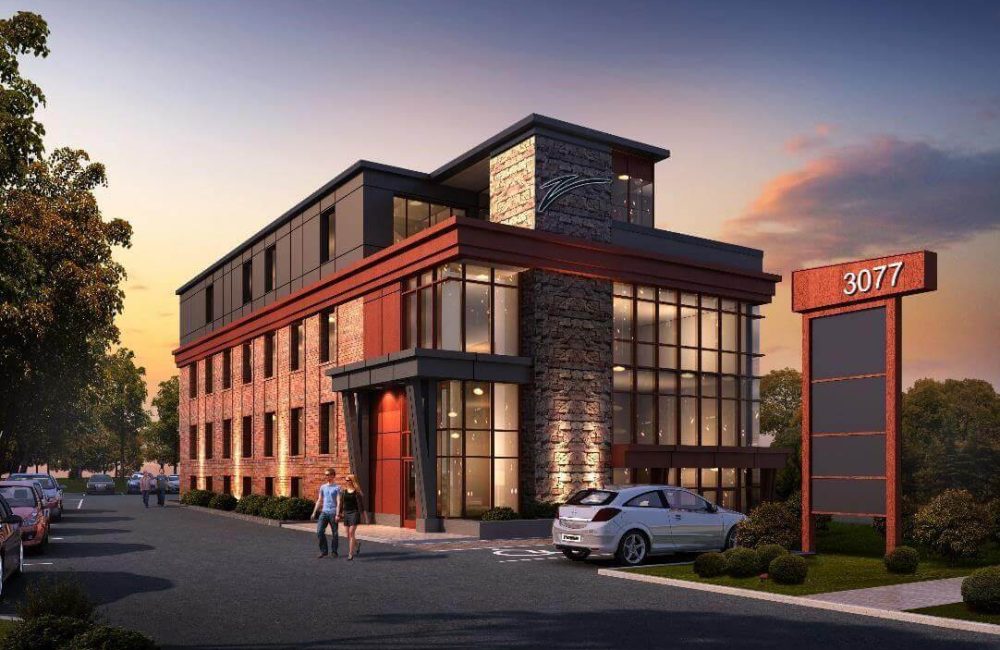
Once our designers have a program of requirements, they translate it into an efficient hybrid office design plan. The schematic design phase establishes design concepts that meet the goals of the client, confirming spaces plans and test fits work with existing building infrastructure. Research of zoning and building requirements that may affect the design is also carried out at this stage to ensure the project vision is set up for success. Finally, design ideas, interior perspectives, and floor plans are researched and confirmed.
Following approval of the initial schematic designs and schedule, the design development phase increases the level of detail of the design package and includes preliminary coordination with consultants. This stage involves everything from colour and material choices to furnishings to overall office interior design styles. The aim is to provide the client with a conceptual look and feel of the finished space, including a selection of finishes, furniture, and lighting, so they can better understand the process and make adjustments if and where needed.
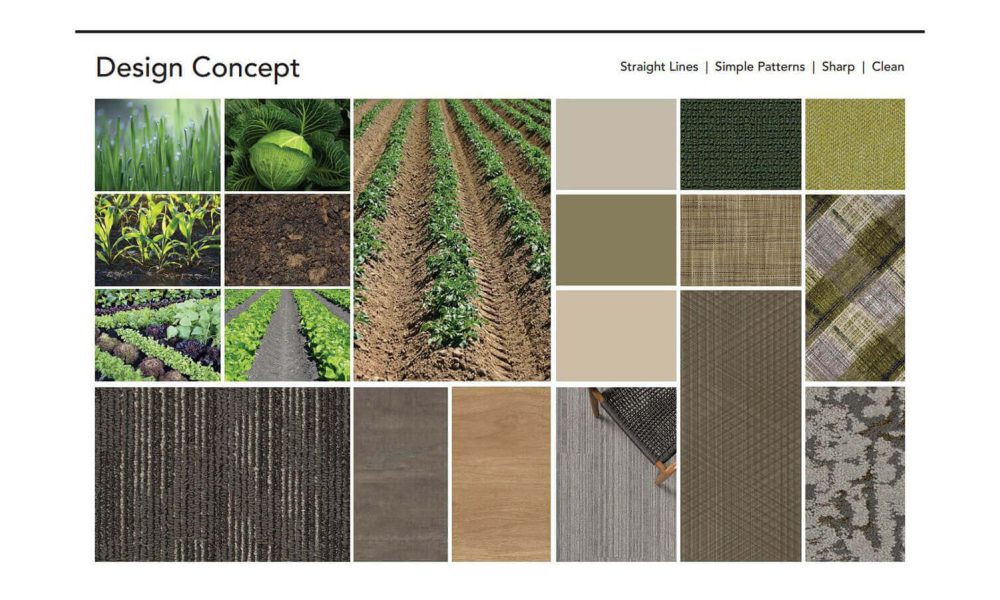

Visualization and virtual reality walkthroughs showcasing commercial interior design projects are becoming more popular and common in the industry. Our virtual reality walkthroughs allow non-design professionals to easily see the vision of a project, instead of struggling to interpret 2D renders or sketches.
LEED refers to Leadership in Energy and Environmental Design, and is the most popular green building rating system, one that sets global standards to create healthy, high efficiency cost-saving green buildings. Utilization of Building Automation Systems can greatly enhance the overall efficiency of a building, such as sensors or timers on lighting, and other power sources.
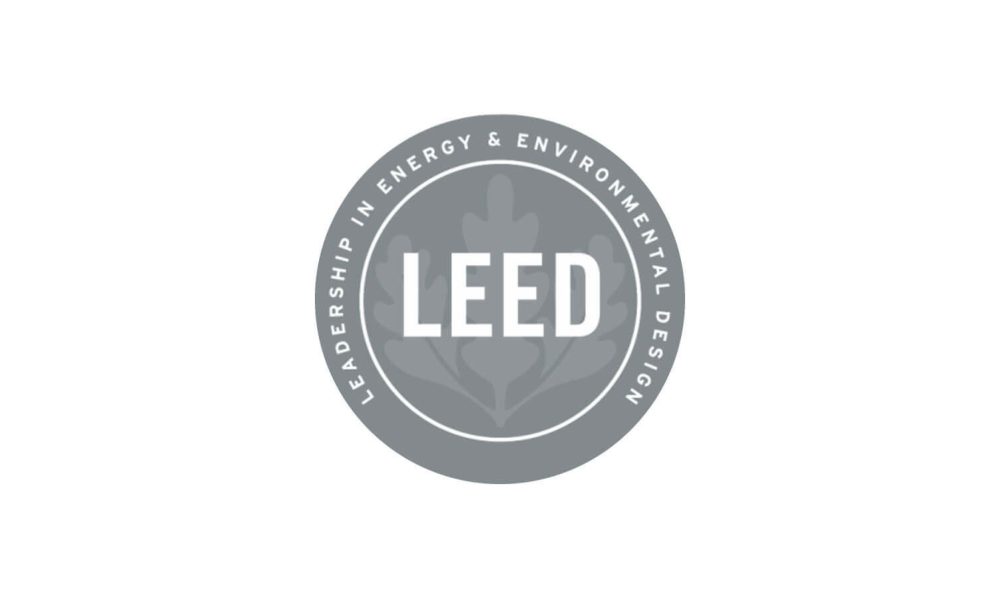
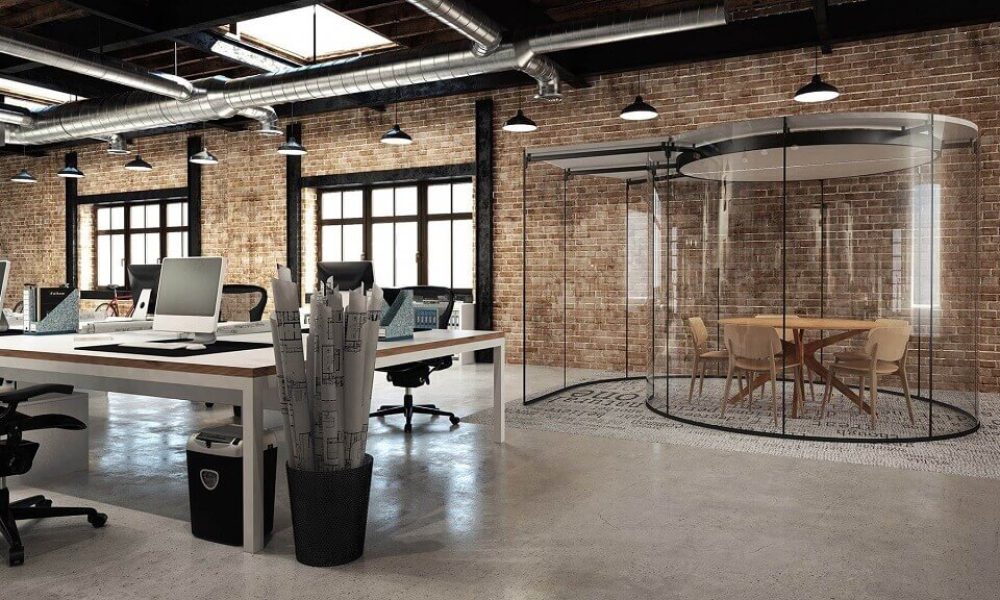
A wide variety of office furniture and fixtures, including glass wall partitions, demountable walls and many other options, can be selected to create the ideal office space for you and your team.
The Construction Document phase begins once the design development documents, schedule and cost estimates have been approved by the Owner of those documents. In this phase, all final design adjustments take place, aligning the design documents with the estimated project budget. The construction documents finalize the information provided in the approved design development documents and serve as the building permit set. Final construction documents reflect permit comments and consultant coordination and serve as the bid documents.
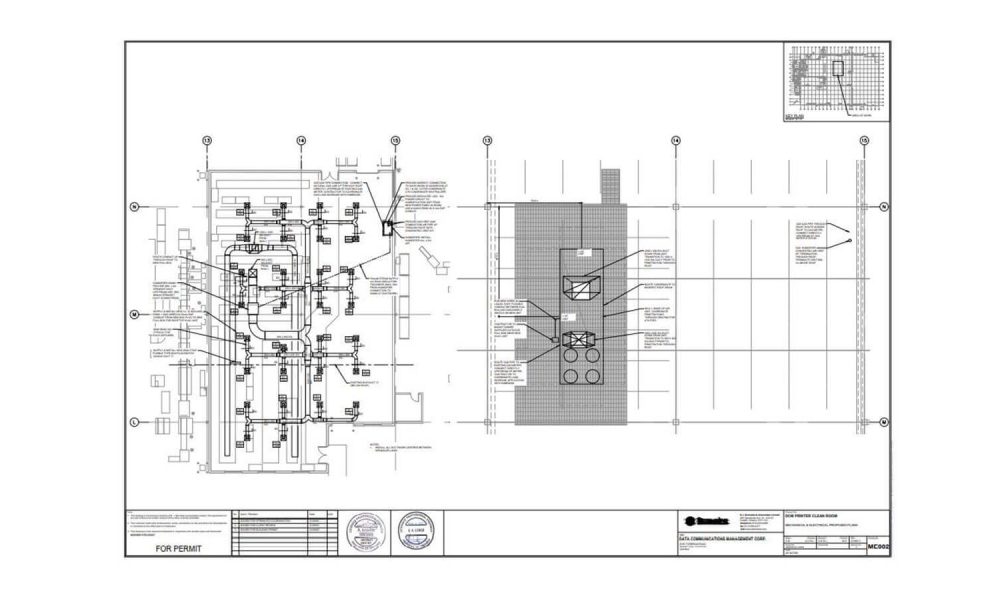

Coordination is required for every single project we undertake, from simple office projects to complete workspace renovations. Because so many stakeholders can be involved in the process, the coordination between your team and our consultants is key to keeping projects on time, within budget, and free of issues. By incorporating the expertise of in-house office design, construction and furniture services under one roof, we are fully equipped to tackle any project from start to finish. Our expertise includes coordination of structural, mechanical, plumbing and electrical engineering services.
Our team of interior designers and architects work collaboratively within a unique and specialized process that allows for smooth construction and renovation projects. They work closely to ensure that all material requirements are clearly specified and understood before entering the construction phase. At this point, final design adjustments are made based to align the design with the project’s estimated budget and schedule. The construction documents finalize the information provided in the approved design development documents and serve as the building permit set. Once the construction is completed, WDI Group will hand over the close-out documentation, including as-builts.
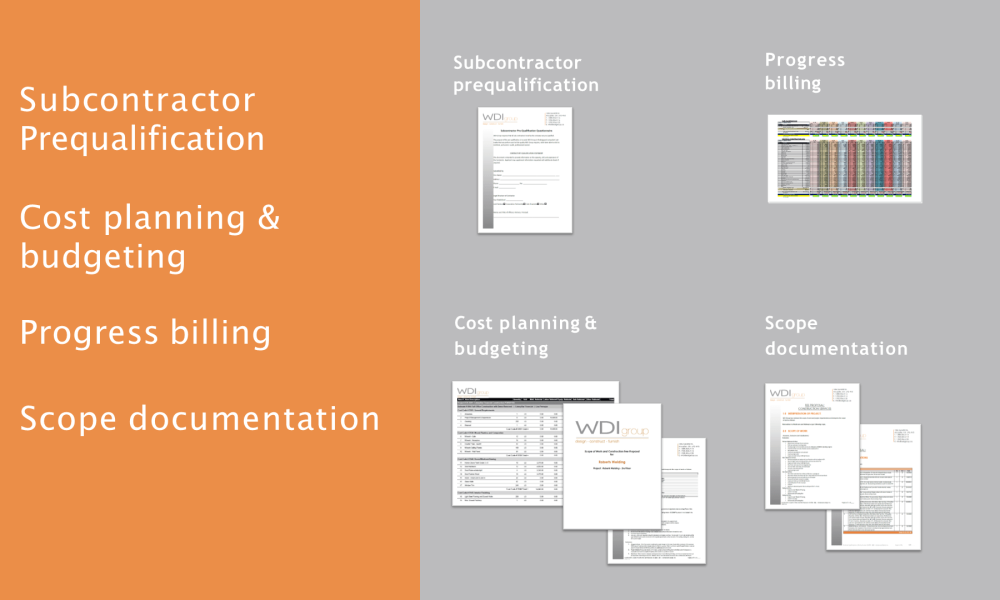
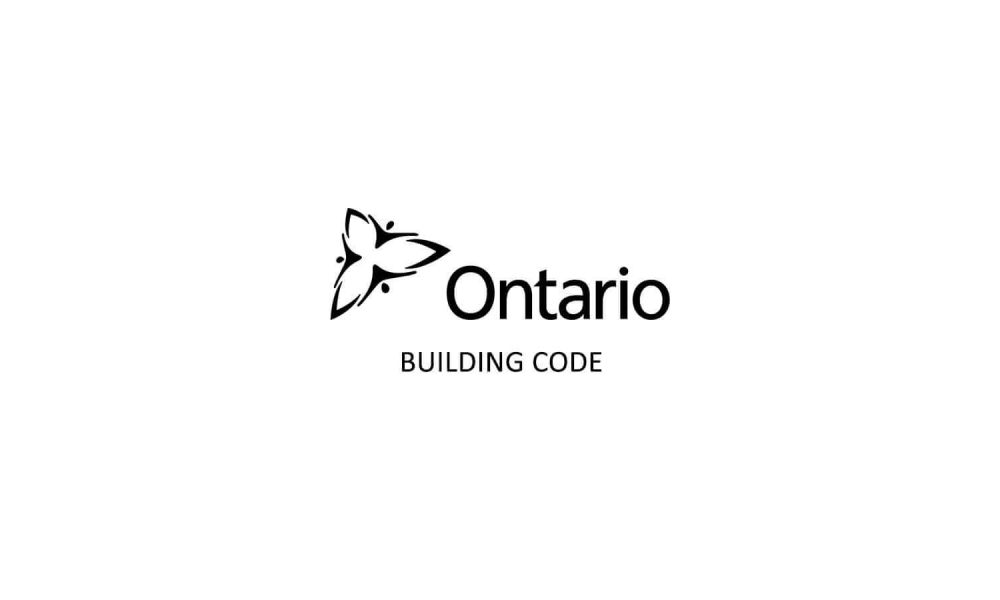
Property zoning and construction permits dictate the type of usage and transformations permitted by local government authorities for a particular piece of property. Ensuring that permit and zoning applications are properly prepared and submitted is a critical step in every project. The WDI pre-construction team works with the design team and the municipalities development review to understand the complete permit requirements of the project, the submission requirements for each permit and the estimated timeframe to obtain them. These timeframes are then added to the in-project milestones.
One of the pre-construction team’s main responsibilities is to assure the design team stays on schedule and within the client’s target budget. To do this, there is constant coordination between the two teams and weekly meetings to address the status. Items covered include the status of design progress, project resource allocations, material choices, coordination with client vendors, and upcoming design deliverables. The pre-construction team represents a secondary layer of management and accountability, and helps ensure the design team reaches their milestones while keeping within the agreed budget from the project’s inception.
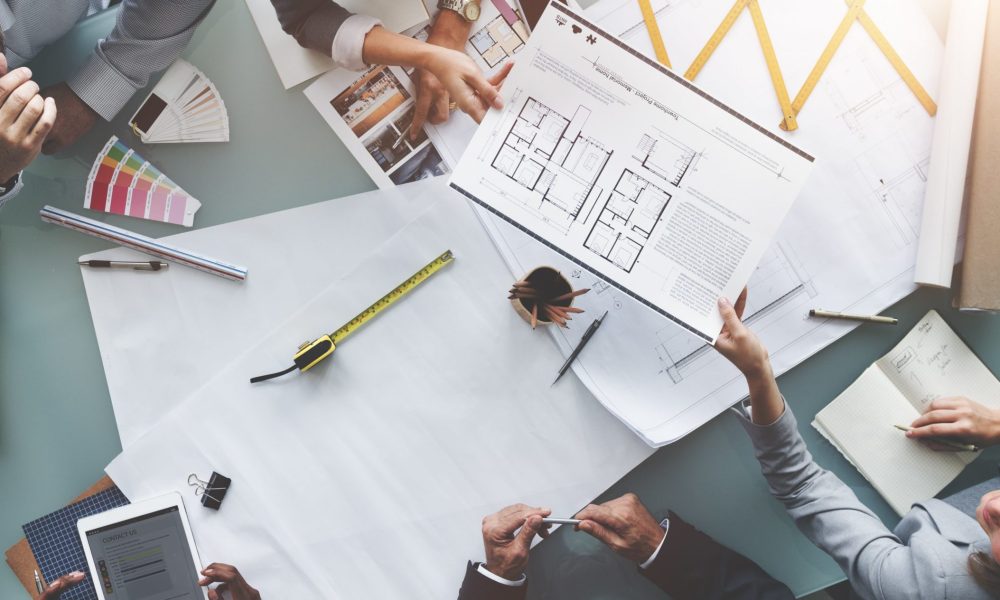
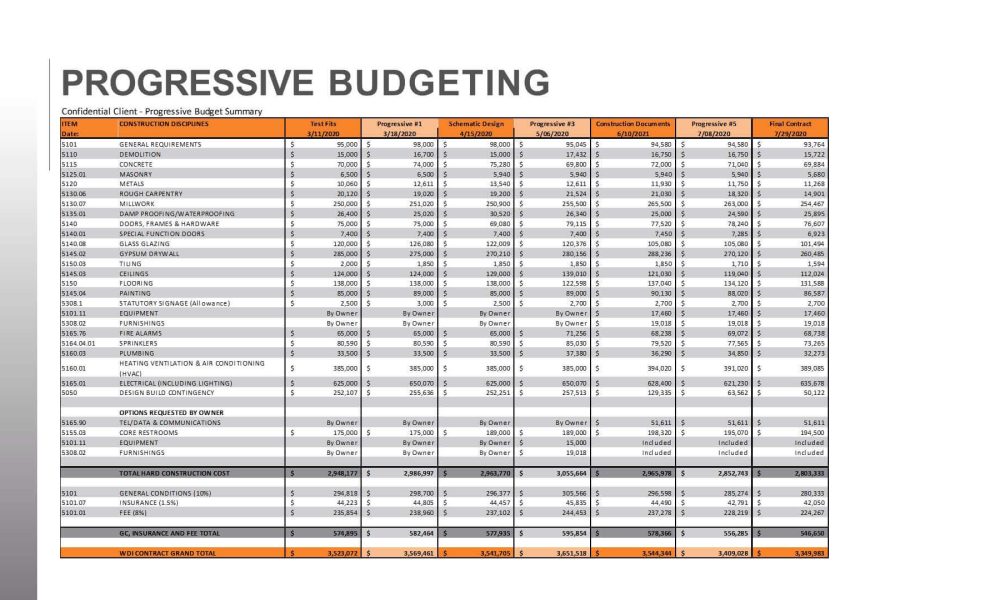
Throughout each phase in the design schedule, the pre-construction team presents progressive budgets for client review and input. Progressive budgets are submitted for approval at the end of each design step to guarantee that the design stays within the desired range. Subcontractors and material vendors will also provide their input throughout the process.
We’ve taken on some incredible projects for a multitude of clients over the years, and we’re proud of each and every one. View our recent projects:
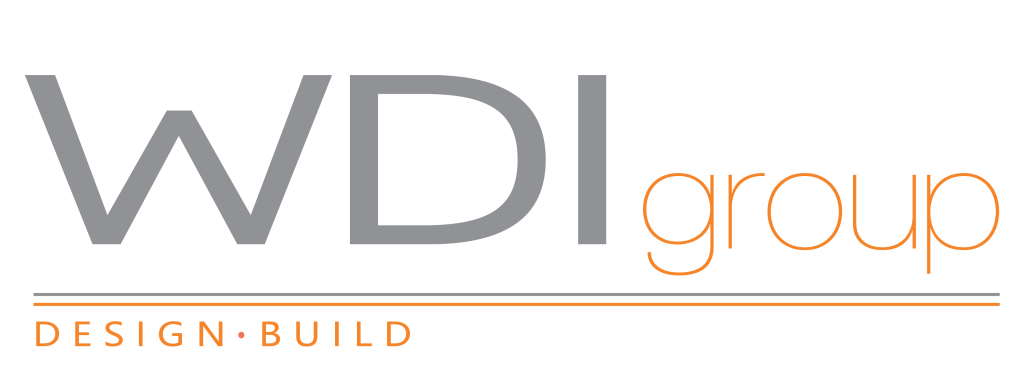
We service our clients across North America coast to coast with our main offices in: